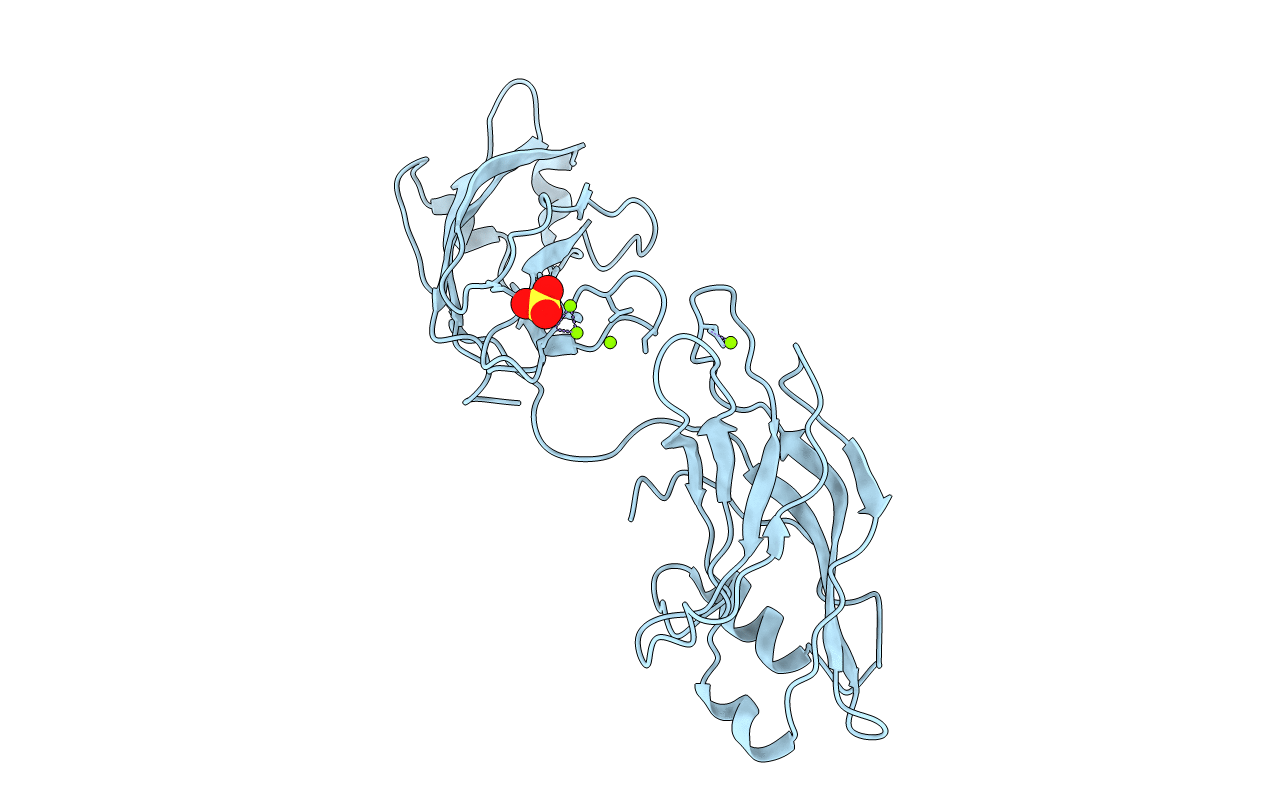
Deposition Date
2000-01-05
Release Date
2000-01-19
Last Version Date
2024-02-07
Method Details:
Experimental Method:
Resolution:
3.20 Å
R-Value Free:
0.34
R-Value Work:
0.29
R-Value Observed:
0.29
Space Group:
P 62 2 2


